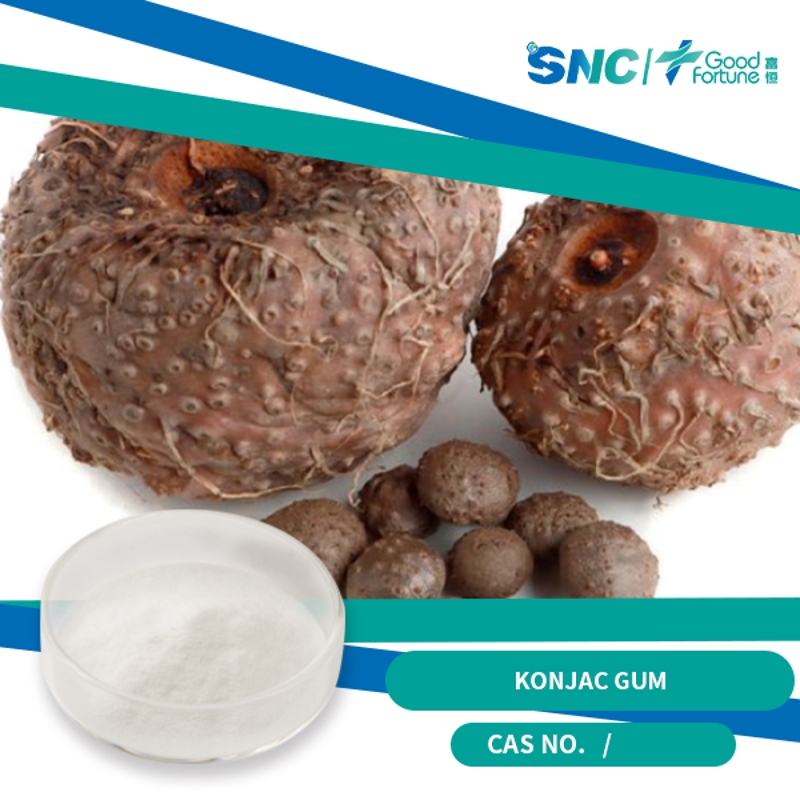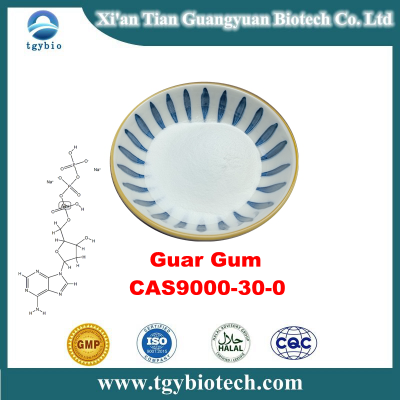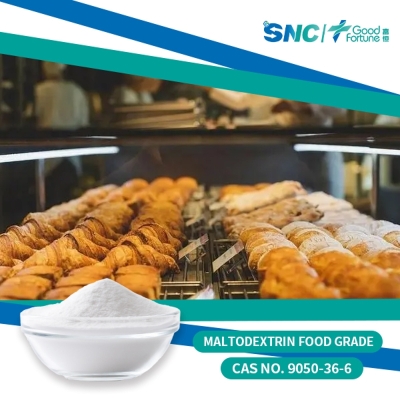-
Categories
-
Pharmaceutical Intermediates
-
Active Pharmaceutical Ingredients
-
Food Additives
- Industrial Coatings
- Agrochemicals
- Dyes and Pigments
- Surfactant
- Flavors and Fragrances
- Chemical Reagents
- Catalyst and Auxiliary
- Natural Products
- Inorganic Chemistry
-
Organic Chemistry
-
Biochemical Engineering
- Analytical Chemistry
-
Cosmetic Ingredient
- Water Treatment Chemical
-
Pharmaceutical Intermediates
Promotion
ECHEMI Mall
Wholesale
Weekly Price
Exhibition
News
-
Trade Service
Original: alkali swelling thickener use method
Alkali swelling thickener
Alkali swelling thickenerNon-associative alkali swelling thickeners and associative alkali swelling thickeners (HASEs), both of which are anionic thickeners
(1) Non-associative alkali swelling thickener
(1) Non-associative alkali swelling thickenerNon-associative ASE is a polyacrylate base swelling emulsion that is composed of unsaturated comonomers and copolymers such as carboxylic acids
The ASE thickening mechanism is that an acid-base neutralization reaction occurs in an alkaline system, the resin is dissolved, and the carboxyl group is electrostatically repulsive
Use the chain extension of the polymer, so that the viscosity of the system is increased, and the thickening result is achieved
The thickening effect is greatly affected by pH, and when the pH changes, the thickening effect changes
(2) Associative alkali swelling thickener
(2) Associative alkali swelling thickenerAssociative HASE is a hydrophobic modified polyacrylate base swelling emulsion
Its thickening mechanism is based on the thickening of ASE, coupled with the indignation, that is, the thickener polymer hydrophobic chain and latex particles, surfactants, pigment particles and other hydrophobic parts to form a three-dimensional network structure, in addition to the micelle effect, so that the viscosity of the latex paint system increases
It is characterized by a high thickening efficiency, because of its low viscosity itself, it is extremely easy to disperse
Responsible Editor:







